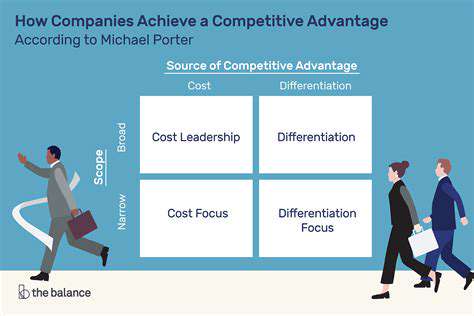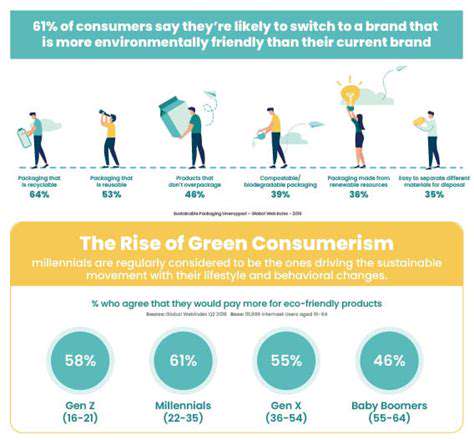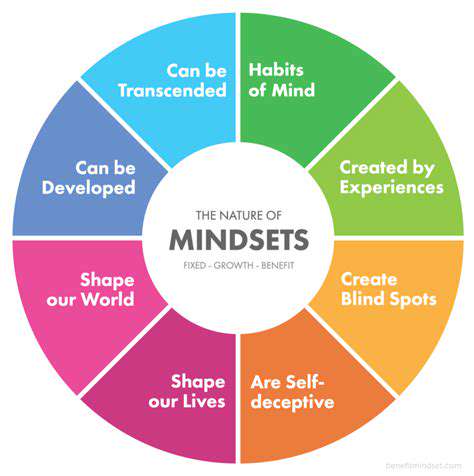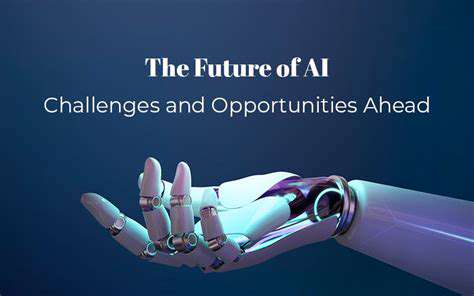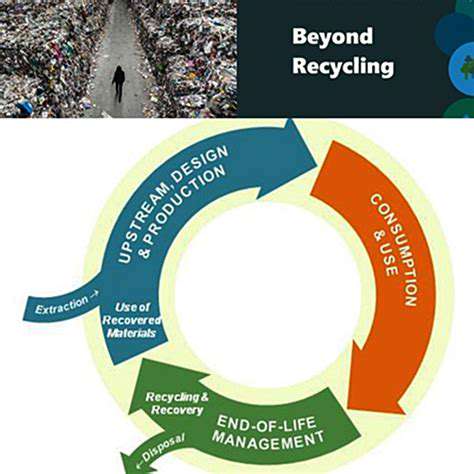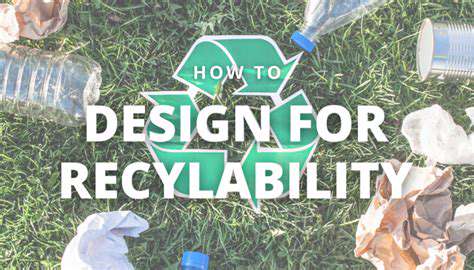The Future of Textile Waste Management
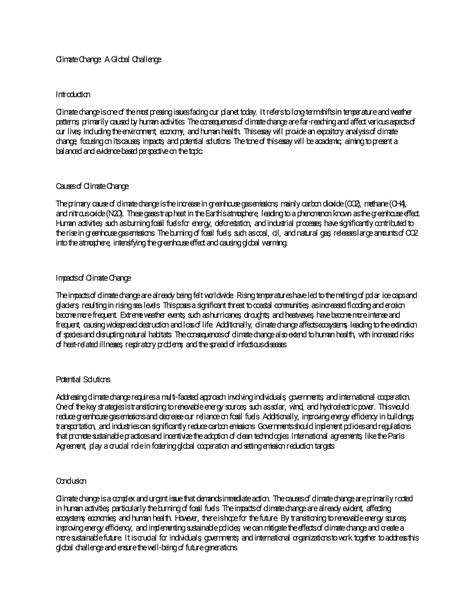
The Unseen Impact of Fast Fashion
The relentless pursuit of fast fashion, characterized by the rapid production and consumption of clothing, has significantly contributed to the burgeoning textile waste crisis. Consumers are enticed by new styles and trends, often leading to the discarding of garments before they reach the end of their useful life. This disposable mentality creates a massive influx of textile waste, overwhelming landfills and impacting the environment in profound ways.
The sheer volume of discarded clothing is staggering, and the environmental consequences are far-reaching. These discarded garments often end up in landfills, where they decompose slowly, releasing harmful greenhouse gases and contributing to pollution. The process of textile production itself also consumes considerable resources, including water and energy, and generates significant pollution.
The Environmental Toll of Textile Waste
Textile waste poses a significant threat to our planet's delicate ecosystems. The chemicals used in textile production, from dyes to pesticides, can leach into water sources, contaminating drinking water and harming aquatic life. This pollution can have devastating effects on entire ecosystems, impacting biodiversity and the health of our natural resources.
The volume of textile waste is often overlooked, yet its impact is substantial. The disposal of these materials often leads to microplastic pollution in the environment, entering the food chain and potentially harming human health. Moreover, the decomposition of textiles in landfills releases harmful greenhouse gases, exacerbating climate change.
The Social Costs of Textile Waste
The textile waste crisis isn't just an environmental problem; it also carries significant social costs. Millions of workers in the textile industry, often in developing countries, face hazardous working conditions and low wages while producing garments for the fast fashion market. The disposal of textile waste often disproportionately affects vulnerable communities, exposing them to environmental hazards.
The social implications of this crisis are far-reaching and demand urgent attention. The production and disposal of textiles have a direct impact on human health and well-being, particularly in communities that are exposed to hazardous waste.
Solutions and Sustainable Practices
Addressing the textile waste crisis requires a multifaceted approach that involves consumers, manufacturers, and policymakers. Consumers can adopt more sustainable practices, such as buying fewer clothes, choosing durable and high-quality garments, and repairing or repurposing existing clothing. Manufacturers need to adopt eco-friendly production methods, reducing their environmental footprint and minimizing waste throughout the supply chain.
Policymakers can play a crucial role by implementing policies that encourage sustainable practices, such as extended producer responsibility and textile recycling initiatives. These initiatives can help promote a circular economy for textiles, thereby reducing waste and creating a more sustainable future.
The Importance of Circular Economy Models
Implementing circular economy models in the textile industry is crucial for mitigating the textile waste crisis. These models focus on reducing waste, reusing materials, and recycling textiles. Designing textiles for disassembly and reuse, promoting textile recycling programs, and incentivizing the adoption of sustainable materials are all essential components of a circular economy strategy.
By embracing circular economy principles, we can create a system where textiles are valued throughout their entire lifecycle. This approach not only reduces waste but also fosters innovation and creates new economic opportunities in the textile sector. This transition requires a collaborative effort from all stakeholders to ensure a sustainable future for textiles.
Circular Economy Principles: Reclaiming Value from Textiles
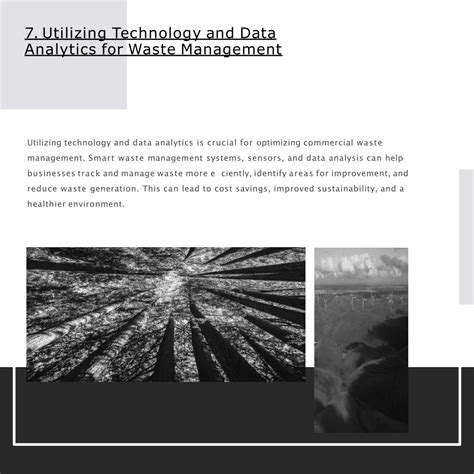
Circular Economy Principles: Material Recovery
A crucial principle of the circular economy is the concept of material recovery. This involves the meticulous collection, sorting, and processing of waste materials to extract valuable resources. This process reduces the reliance on virgin materials, thus lowering the environmental impact of resource extraction. By repurposing and reusing existing materials, we can significantly minimize the need for raw materials, which are often sourced in environmentally damaging ways. This approach also reduces the volume of waste destined for landfills, a significant environmental concern.
The effective implementation of material recovery strategies necessitates a comprehensive approach. This includes incentivizing the design of products with recyclability and reusability in mind, establishing robust collection and sorting infrastructure, and fostering partnerships between producers, consumers, and recycling facilities. These strategies can significantly reduce the strain on natural resources and promote a more sustainable future. Furthermore, investing in advanced technologies that allow for the recovery of materials from complex waste streams is essential.
Circular Economy Principles: Product Design for Durability
The circular economy emphasizes the importance of designing products for durability and longevity. This means creating products that are not only functional but also built to last. This approach extends product lifespan and reduces the overall demand for new products, lowering consumption and the environmental impact of manufacturing new items. By utilizing durable materials and incorporating repairable design principles, we can drastically minimize waste generation.
Designing for durability also extends to product repairability. This involves making products easier to repair, which extends their lifespan significantly. This approach reduces the need for replacement and promotes a culture of maintenance rather than immediate disposal. Products built for durability and repairability help to create a closed-loop system, minimizing waste and resource depletion. This proactive approach is vital for a truly sustainable future.
Circular Economy Principles: Waste as a Resource
A core tenet of the circular economy is the concept of waste as a resource. This perspective shifts the conventional view of waste as something to be discarded to one where it's a source of valuable materials. This paradigm shift is essential for achieving sustainability. By viewing waste as a source of raw materials, we can reduce the need to mine and extract new resources, thereby conserving valuable natural resources.
This concept of waste as a resource promotes the development of innovative technologies and processes for extracting valuable materials from waste streams. Furthermore, it encourages the development of industries focused on the recovery and reuse of these materials, creating economic opportunities while reducing environmental impact. This approach is essential for minimizing waste and maximizing resource efficiency in a sustainable manner.
The circular economy approach emphasizes the importance of reducing, reusing, and recycling waste materials. This strategy creates a closed-loop system where materials are constantly being circulated and utilized, minimizing environmental impact. This approach is crucial for achieving a sustainable future, and it's critical to implement these principles effectively in order to achieve a more sustainable and resilient global economy.
Waste-to-energy systems, for instance, can convert organic waste into usable energy, further minimizing landfill waste. This innovative approach to waste management demonstrates the potential of the circular economy to transform our relationship with materials and resources.
By viewing waste as a resource, we can move away from a linear take-make-dispose model towards a more sustainable and restorative circular economy.

Policy and Regulatory Frameworks: Establishing Incentives for Sustainability
Incentivizing Sustainable Practices
Policy and regulatory frameworks play a crucial role in fostering a shift towards sustainable practices. Effective policies can create a supportive environment for businesses and individuals to adopt environmentally friendly choices, driving innovation and reducing negative impacts on the planet. These frameworks should clearly define sustainability goals, establish measurable targets, and outline the mechanisms for achieving them. This includes promoting renewable energy sources, encouraging energy efficiency, and supporting circular economy models that minimize waste and maximize resource utilization.
Implementing strong incentives, such as tax breaks for eco-friendly investments or subsidies for sustainable products, can further encourage adoption. These incentives can stimulate market demand for sustainable solutions, leading to a wider range of choices for consumers and businesses. A well-structured regulatory framework can also establish clear standards and regulations for environmental impact, ensuring that businesses operate responsibly and contribute to a healthier planet.
Defining and Monitoring Compliance
Establishing clear guidelines for what constitutes sustainable practices is essential for effective policy implementation. This involves defining specific metrics and benchmarks for measuring environmental performance, allowing for transparent and consistent evaluation of progress. The standards should encompass a comprehensive range of factors, including resource consumption, waste generation, emissions levels, and biodiversity conservation. Clear criteria will facilitate the comparison of different approaches and allow for a comprehensive assessment of the effectiveness of different policies.
Robust monitoring mechanisms are vital to ensure compliance with established regulations. These mechanisms should include regular audits, inspections, and reporting requirements to track progress toward sustainability goals. Effective enforcement mechanisms are also necessary to ensure that businesses and individuals adhere to the stipulated guidelines. Transparent reporting of environmental performance data can help build public trust and accountability, fostering a culture of sustainability.
Penalties for non-compliance need to be clearly defined and consistently applied. This will send a strong message that environmental responsibility is a priority and discourage unsustainable practices. Stricter penalties for egregious violations and proactive measures for preventing future violations can further strengthen the regulatory framework and ensure that sustainability goals are met.
In addition to penalties, incentives for exceeding compliance targets should be considered. This encourages innovation and further improves environmental performance. These incentives can include recognition programs, awards, or preferential treatment in government procurement.
Finally, continuous evaluation and adaptation of the policy and regulatory framework are crucial. Regular review and adjustments based on evolving scientific understanding and changing societal needs are essential to ensure that the framework remains relevant and effective.
This adaptability is essential to address emerging challenges and opportunities and maintain the framework's effectiveness throughout the years.
